Here’s how current administration of the conservation reserve program is leading to shrinking acreage and fewer habitat benefits across private lands
Each year, millions of American sportsmen and women hunt turkeys, quail, pheasants, deer, and other game species on private lands enrolled in the Conservation Reserve Program, one of the most widely recognized voluntary private land conservation programs in the Farm Bill. In the 35 years since its inception, the CRP has become one of the most successful programs, as well, providing a host of benefits to wildlife, farmers, ranchers, and sportsmen alike.
But even with a boost to CRP in the 2018 Farm Bill, which was largely celebrated by the hunting and fishing community, the country could end up with fewer overall acres of CRP lands—and therefore less conservation on the ground.
How is this happening?
Conservation Could Come Undone
In addition to improving soil, water, and habitat health, the CRP has become an economic support for rural communities and serves an important risk management function for enrolled landowners. Unfortunately, the current administration of the program has led to the hemorrhaging of baseline acreage, which threatens to unwind years of accrued conservation benefits.
The 2018 Farm Bill made a handful of changes to the CRP to ensure that enrollment could grow from 24 million to 27 million acres incrementally over the life of the five-year bill. Then, in late 2019, the Farm Service Agency announced guidance revising the management of CRP enrollment in the coming years.
This is typical following the passage of a Farm Bill and allows the agency to use its discretion to ensure that the program remains a practical tool for interested landowners. However, in reviewing the FSA’s changes, the TRCP and several of our partner organizations have grown concerned with two things: changes to rental rate calculations and the elimination of valuable cost shares.
Previously, the FSA would take into account the soil productivity of given acreage when determining rental rates. Now, the local county rental average is the sole factor in determining the annual rental rate for CRP—ignoring the various conditions that contribute to the value of a tract of land.
Further, the agency eliminated cost shares for the mid-contract management of CRP lands—this means that landowners are compensated for the land being out of production but not for upkeep. Program contracts last ten to 15 years, and conservation practices, particularly those on sensitive lands, require maintenance over time to safeguard their conservation value. By removing this support but continuing to require that the work be done, the FSA puts landowners in the position of facing additional expenses that will play out over the life of their contract.
The TRCP and others warned that weakening the economic support for CRP landowners could affect landowner interest and result in the program leaking acreage. And this is something we were watching as the agency proceeded in holding a General CRP sign-up from December to February 2020.
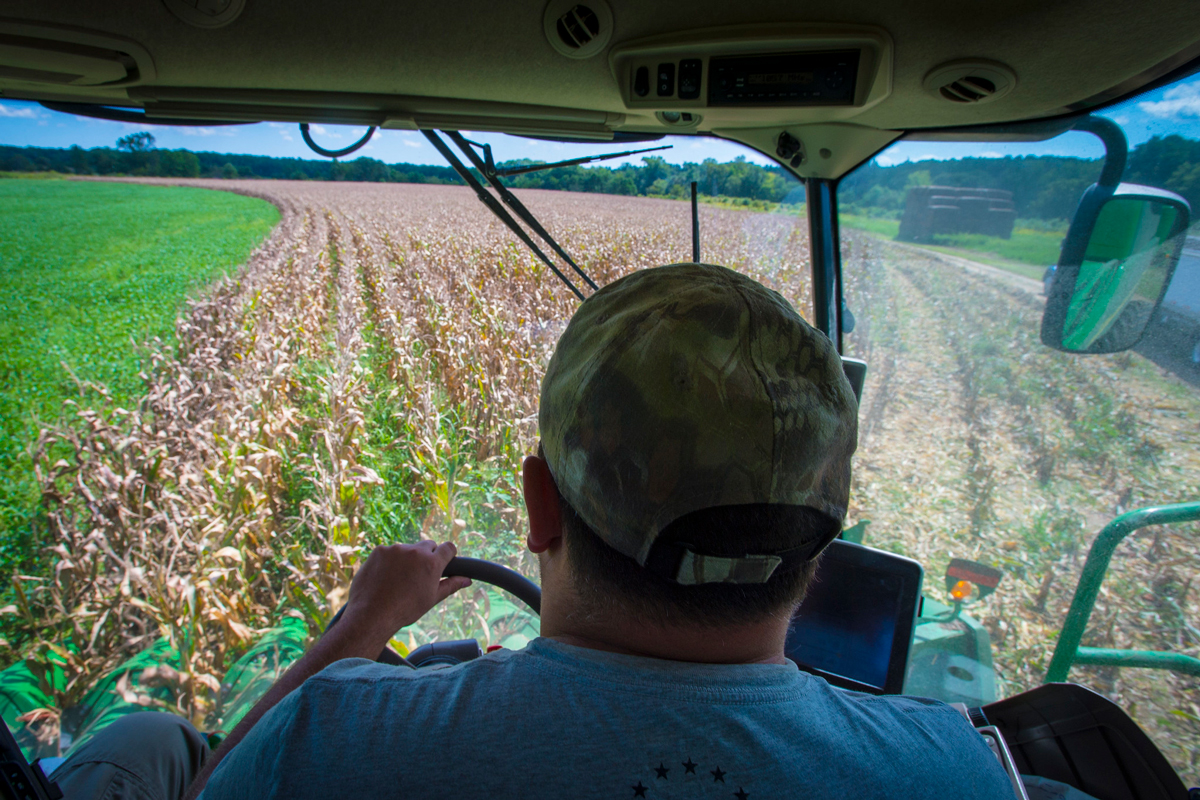
Two Steps Forward, Three Steps Back
In mid-March, the FSA announced that the agency succeeded in enrolling 3.4 million acres into the program. Unfortunately, 5.4 million acres currently in the program will expire just as those contracts go into effect.
Here’s how this all shakes out:
22.5 million acres—or 2 million acres below the 24.5-million-acre cap—were enrolled in CRP as of December 2019
+ 3.4 million acres enters CRP in October 2020
– 5.4 million acres expire by October 2020
20.5 million total acres—4.5 million acres below the 25-million-acre cap—will be enrolled in CRP as of October 2020
This more than doubles the current acreage shortfall, and another 7 million acres is set to expire by October 2021. [It’s important to note that sign-ups are still ongoing for the continuous CRP, as well as CRP Grasslands, Clean Lakes Estuaries and Rivers (CLEAR), and the Soil Health and Income Protection Program (SHIPP), but enrollment in these programs will not make up the growing acreage shortfall.]
The Farmer’s Balance Sheet
An increasing acreage shortfall is concerning, particularly given that this should have been a banner year for CRP sign-ups. Enrollment in the program typically has an inverse relationship with crop prices, and between weather events that shortened growing seasons and trade disputes harming export markets, farmers have faced a tough couple of years. In fact, USDA agricultural projections have anticipated that lower corn, soy, and wheat prices would drive the CRP to meet its rising cap.
So why didn’t more landowners seize the opportunity to enroll in the most recent sign-up? Simply put, the financial incentives offered by the FSA just didn’t cut it.
A host of variables go into how a farmer plans their land use to ensure that they can keep the lights on and gas in the tractor. If the incentives and rental rates offered by the FSA aren’t competitive, it makes more sense for a landowner to plant potential CRP lands or rent them out to a neighboring farmer.
We’ve heard numerous calls for the FSA to re-open the sign-up and give more landowners the chance to enroll acreage. However, if the product they are offering isn’t attracting interest in the first place, keeping their doors open for a few more weeks isn’t going to address the problem. With that in mind, in early April, the TRCP joined with several of our partner organizations in making recommendations to the FSA to grow landowner interest in the program.
Among the recommendations, we suggested restoring mid-contract cost shares as well as the consideration of soil productivity in rental rates. We also asked for a published timeline of general CRP sign-up periods to give landowners all the information necessary to make informed decisions about their lands.
What You Can Do
USDA Secretary Perdue has said publicly that he intends for the FSA to keep pace with the new CRP enrollment cap, and we are committed to helping that happen. The TRCP, alongside our partners, is working to ensure that the program continues to be an American conservation success story, but we could use your help.
Please visit crpworks.org and add your name to the list of sportsmen, landowners, and concerned citizens fighting for the future of private land conservation.
Top photo by Brad Covington via flickr

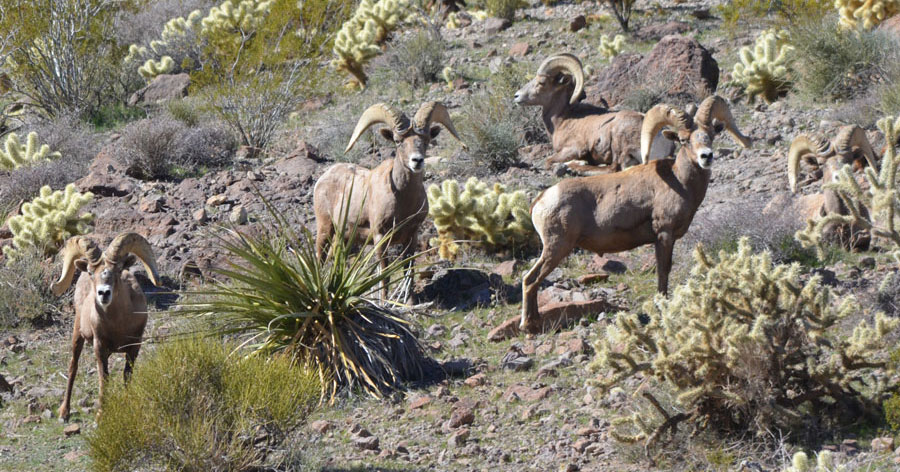
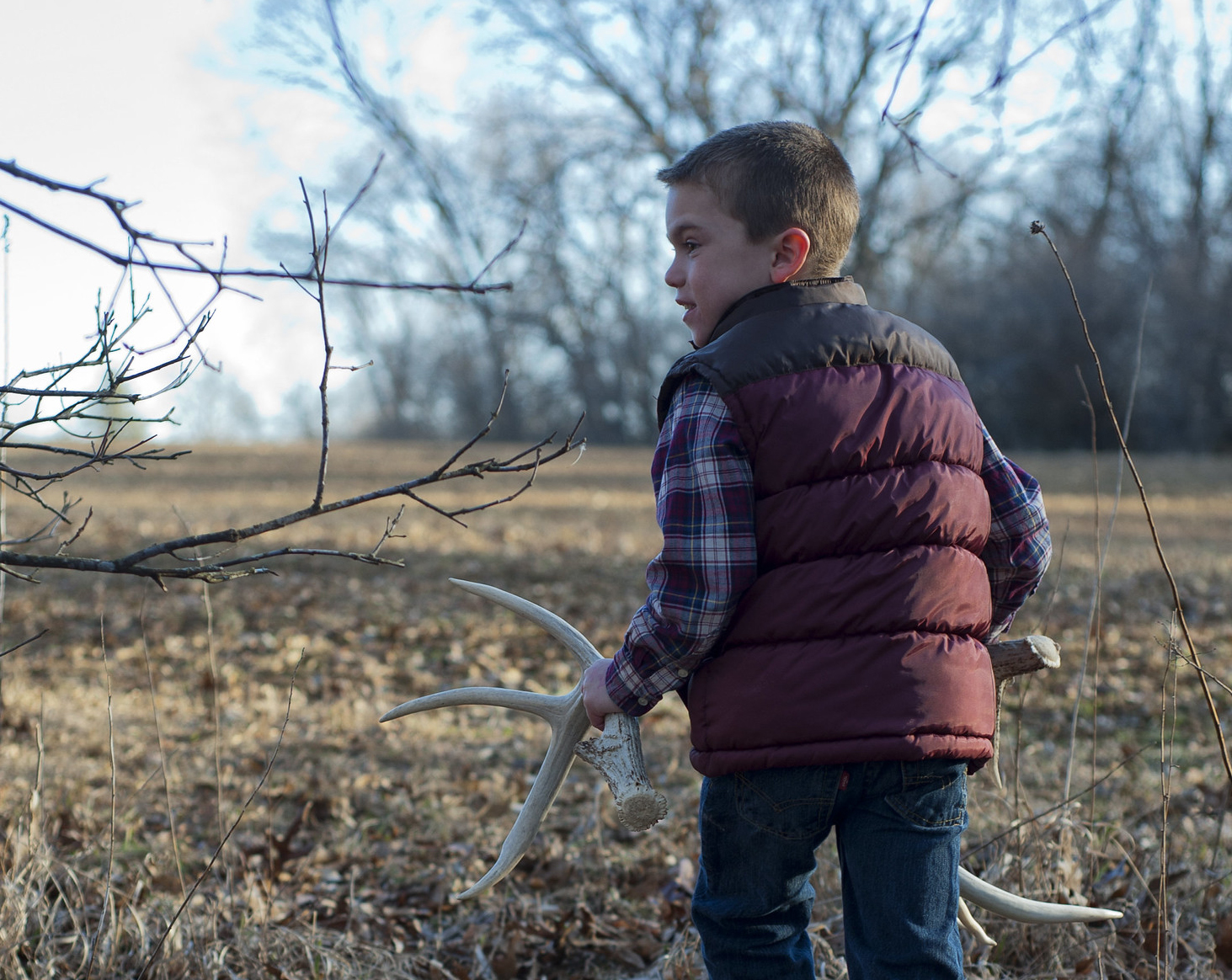
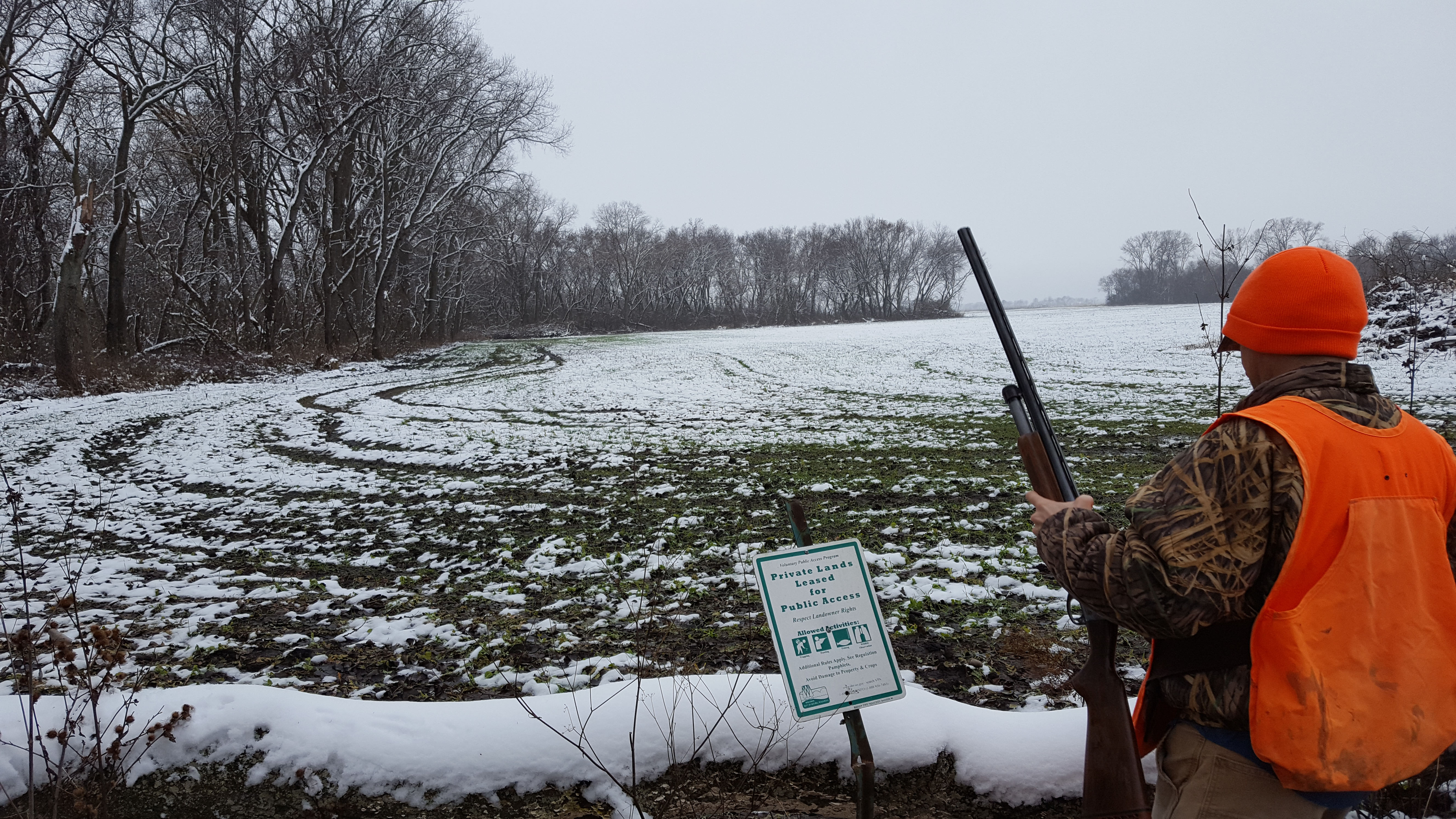
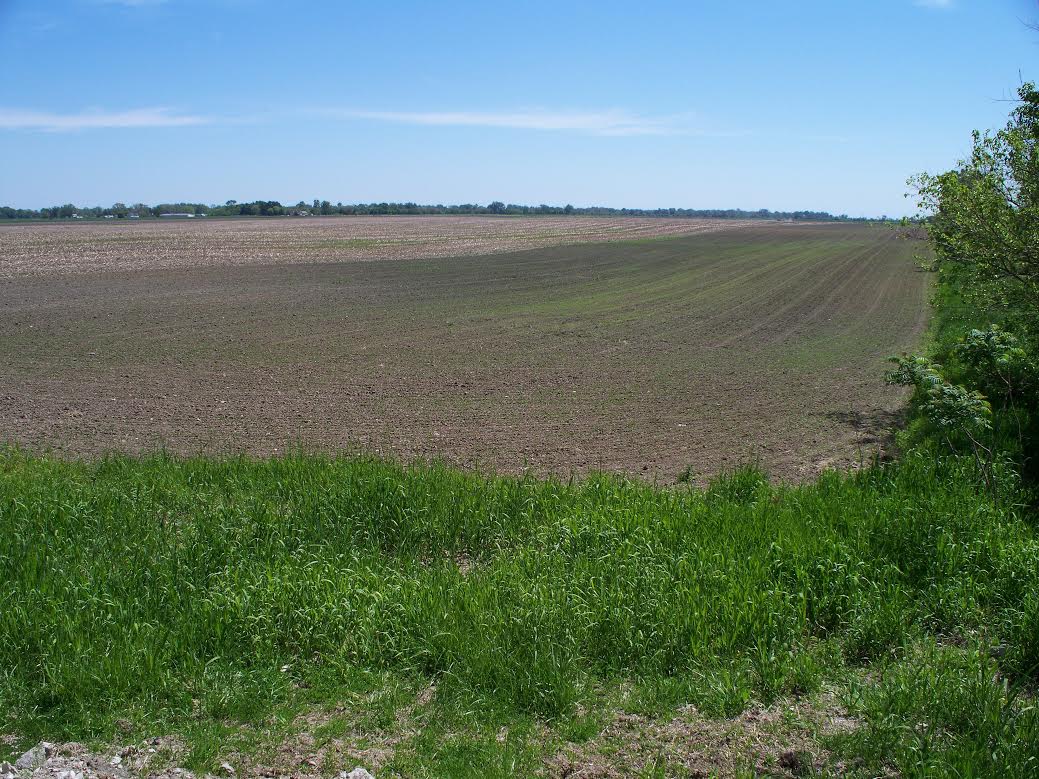
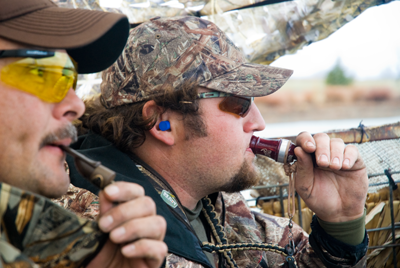




We absolutely need to continue to support conservation on private lands.
We must protect the expiring lands and continue to add to them, Our farmlands are fundamental to our existence and factory farms must be ended as they are not only hurting our family farms they are endangering our food supply. Family farms do a much better job.
Keep this program strong. It’s a win for farmers and for the environment. Also the Wetlands Reserve.
The conservation easements in the California Foothills (98% privately owned), yields a healthier and more profitable farm/ranch especially if the easement stewards the land’s water ways.. pastures are greener and hills restore natural habitat that has been long altered since it was settled very early. As ranching and farming begins to realize practices that feed the soil give greater yields over the long run..
So, this is how you “Make America Great Again?”
We need to protect our farms and farmers during this pandemic………………that includes protecting the soil………………..
What was the reasoning for reverting to county average rental prices rather than prices based on soil productivity? Without knowing much, my initial thought is it’s presented as a time/effort-saving measure on their part. And I could see where that’s true if someone has to go look at each plot. Though, does anyone know “difficult” it is to evaluate a given plot of land?
Thanks for the question, Jake. The why of doing away with soil productivity is somewhat tough to answer, but the Administration has said that they are implementing the Conservation Title with an eye towards efficiency and cost savings.
We can’t let this happen, are Minnesota lakes need all the help they can get.
In my state, CRP represents the final act for pheasants. No program, no pheasants, it’s become that simple.
I feel it is absolutely necessary to realign the FSA midprogram costs to keep in pace with the enrollment cap to ensure a good outcome for farmers and environmentalists.
If CRP is going away, just keep asking what is next, and next and next…
Our family had 1500 acres of CRP in Eastern Washington that was prime deer habitat. We had a program with the game department to allow hunters to hunt it. We were in CRP for 20 years. After looking at this year’s program, we leased it to a neighbor farmer to farm. We would have like to kept it in CRP, but the money we were offered by the Farm Service was way below what we got 20 years ago, Now the only hunting will be by family members.
We need to Vote on Nov 3rd.
This election will have a profound effect on conservation in general and funding. Control of the White House and Congress will impact decisions well beyond our lifetimes. For some sportsmen it will be a quandary on how to vote. I encourage all sportsmen to look at the issues and the future of sporting conservation for the next generation, then vote.
I own land in central Montana. I have been a firm believer, and participant in CRP for 20 years, as the environmental benefits are astounding. I recently offered 270 acres in the 2020 signup. I was told i only needed to seed 10%to pollinator species which I was willing to do. When i went to sign the contract I found FSA also wanted me to tear out 150 acres of native species grassland planted 10 years earlier. This would negate 10 ears of carbon capture, lose soil and moisture, and be very expensive.
Then they only offered half the rental rate of 10 years earlier. My Pheasants
Forever friend advised me not to sign and I did not. I think FSA did this to keep costs down in the face of record budget deficits.